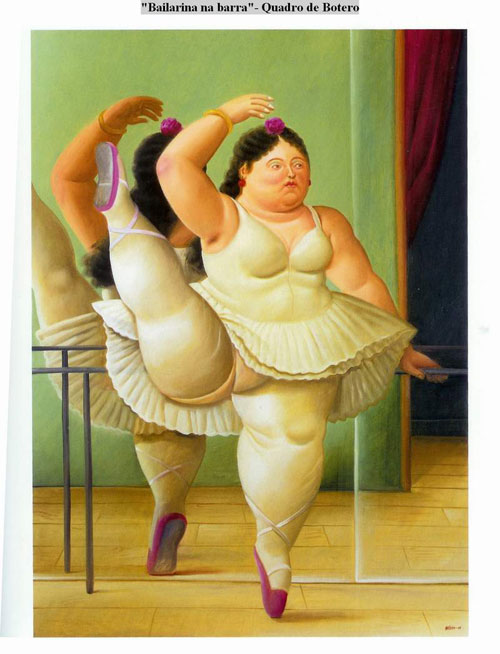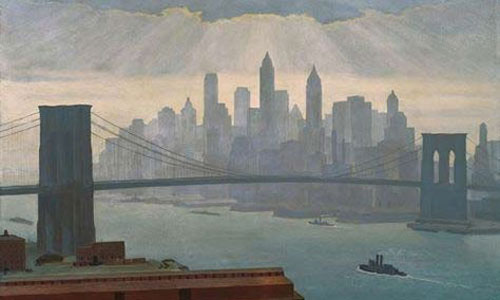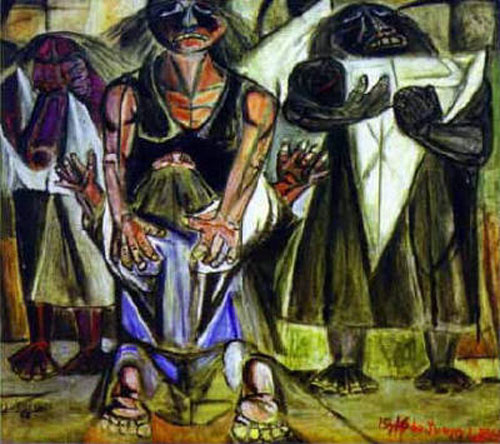Until May 15 the exhibition Cold America. Latin American geometric abstraction, 1934-1973 is presented at the Juan March Foundation in Madrid. The exhibition is organized around 300 works and seeks to establish new parameters in the history of Latin American geometric abstraction, highlighting the particularities and differences it has with this artistic movement in Europe.

Comprised of paintings, sculptures, architecture and photography from Argentina, Brazil, Colombia, Cuba, Mexico, Uruguay and Venezuela, the simple is chronologically framed in the return of Joaquin Torres Garcia to Uruguay (1934) and the return of Jesús Rafael Soto (1973) to Venezuela for the opening of the Ciudad Bolivar Museum.
The geometric abstraction has its roots in the Kasimir Malevich’s suprematism, the Piet Mondrian’s neoplasticism and Wassily Kandinsky’s avant-garde. It is described as a stream of abstract art that emerged in response to Impressionism, striving for objectivity and universality that the geometric mean.
One of the drivers of geometric abstraction in Latin America was Joaquín Torres García. He was born in Montevideo in 1874. At 17, he traveled to Spain to finish school in the town of Mataró, where his father´s family lived. He studied at the School of Fine Arts in Barcelona where he was influenced by French Impressionism. His connection with the stream of geometric abstraction occurred in Paris, where he was invited to participate in the group who frequented Piet Mondrian and joined the Cercle et Carré. Torres Garcia brings the logic in the composition and the inclusion of symbolic figures to the group. In 1934 he returned to Uruguay and joined the elite of art, driving forward the avant-garde thinking. He created the Arts Society of Uruguay and was named honorary professor of the Faculty of Architecture at the University of Montevideo. His theories on geometric abstraction and the innovations that he brought to use the American cultural symbols are captured in his latest works.
Jesus Rafael Soto was born into a poor family in Ciudad Bolivar, Venezuela, in 1923. He studied thanks to his special talent in the School of Arts in Caracas, but his native Venezuela did not let him develop his intellectual curiosity and he left to Paris in 1950. Attracted by the cubism of Paul Cézanne and Piet Mondrian’s geometric flows and Malevich, he strives to explore new visual phenomena through works by Calder, Klee, Kandinsky and Duchamp´s theories. The restless Soto is excited by everything. He gradually begins to develop abstractions that demarcate in pure, clear shapes, free from any symbols. He works with primary colors to which he adds three secondary ones, plus black and white. His search for a stationary kinetic art was a hard work he discovered by the effect of vibration. His first A Repetition series date back to 1951 and are very simple geometric elements, arranged and repeated to infinity. Then he creates Progressions and Transportation and the Spiral, work built on two levels to which superimposes two vibrations, creating his ultimate expression of kinetic art. Today his works are part in important collections.
For futre info: http://www.march.es/arte/madrid/exposiciones/america/index.asp
 Nancy Guzman
Nancy Guzman
It’s worth watching the works of these two great artists who convene to review the influence and characteristics that the Latin American geometric abstraction had. If you admire the culture and are spending a few deserved days of rest in one of the apartments in Madrid do not miss the Museum of the March Foundation.?

 English
English


